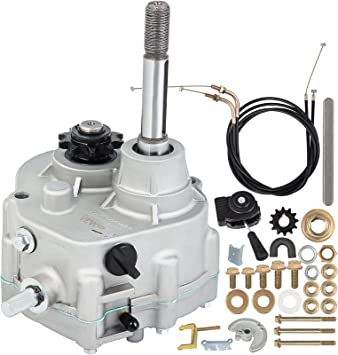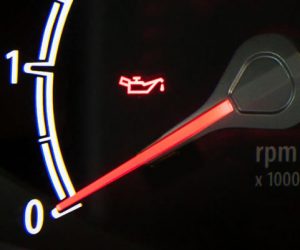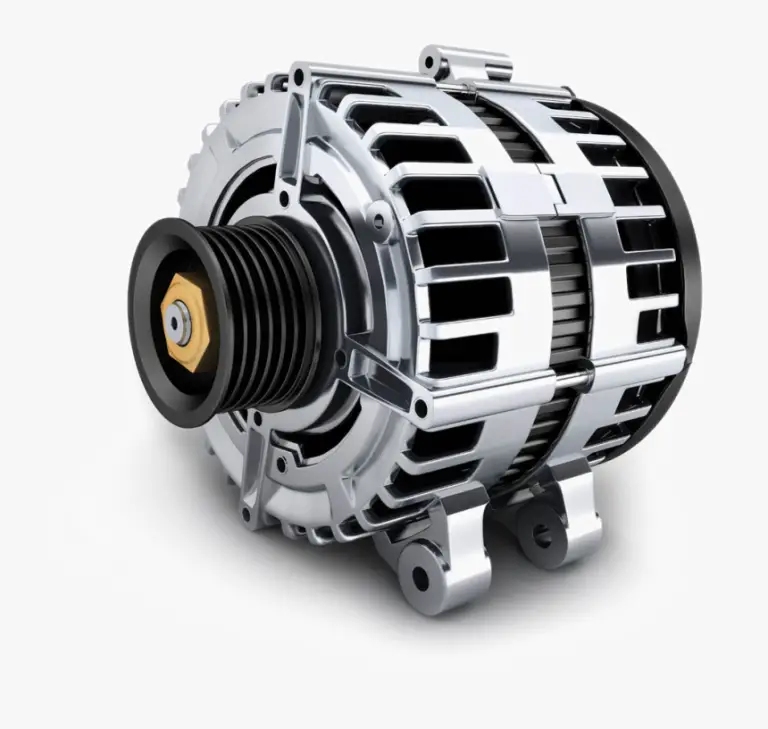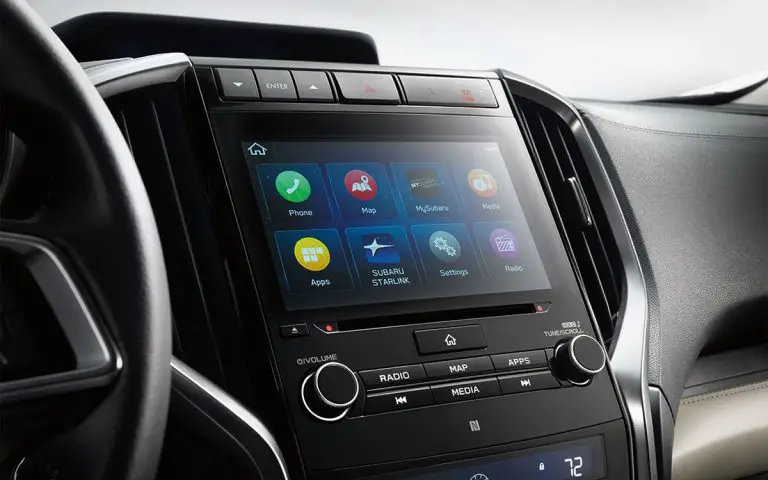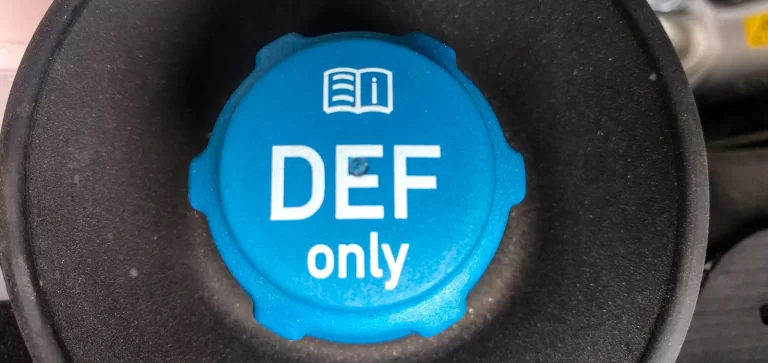How Many Brake Pads Does a Car Have?
It is possible that your car’s brake pads are to blame for the problems you are experiencing when braking. Replacing brake pads is something that will need to be done over time.
If you are about to replace your brake pads, you might be wondering how many there are.
If you want to know how many brake pads are on your car, you should read this article because we have all the answers.
There are either four or eight brake pads in cars. There are two brake pads for every wheel, and they are an essential part of the system.
Older cars did not use brake pads and relied on brake shoes to apply pressure instead.
Modern cars with disc brakes have a caliper, a rotor, and two brake pads that work together to reduce speed. Some cars have drums and discs.
Your car will only have 4 brake pads if your car has disc brakes on the front wheels and drums on the back. If all four wheels use the disc brakes, there will be 8 brake pads in total.
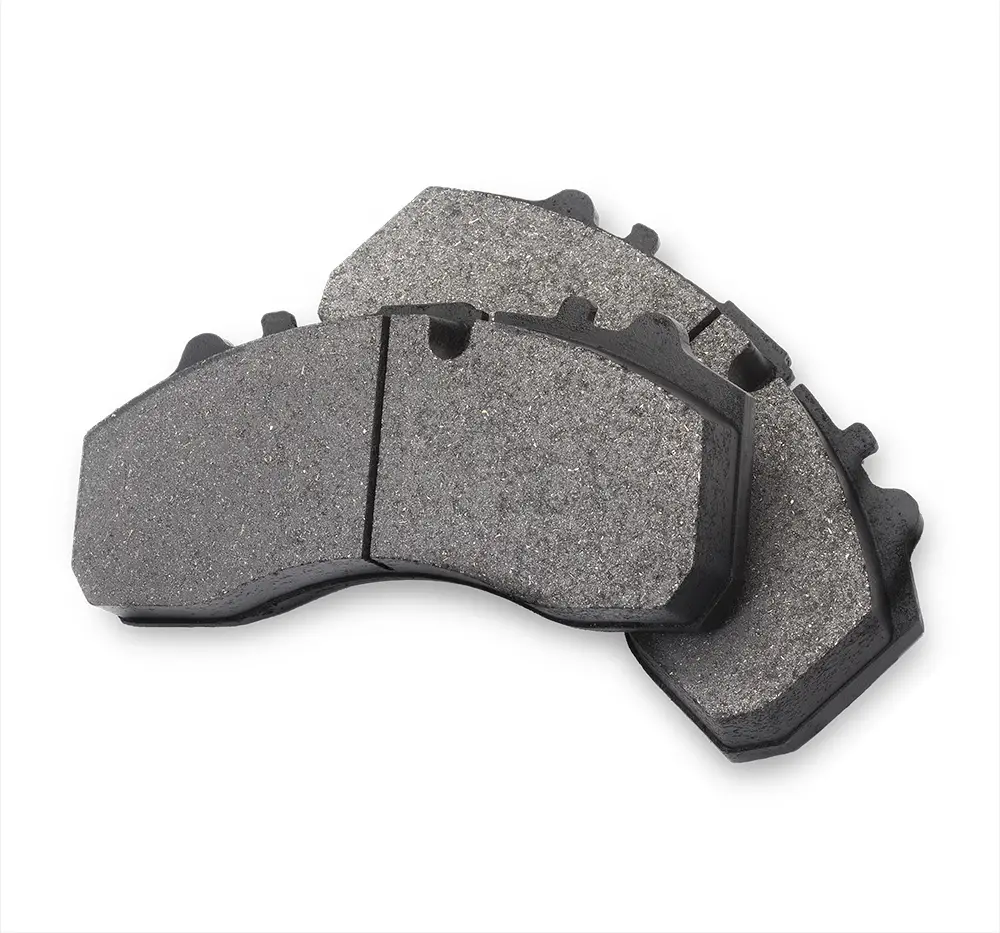
How Many Brake Pads Per Wheel?
Car brakes are made up of many different components.
If your car uses disc brakes, the system is made up of a brake disc that is attached to the wheel and spins at the same speed, a caliper, and two brake pads
When you put the brake pedal in motion, brake fluid is sent to the pistons in the caliper, which is what the brakes are made from.
The pressure behind the caliper causes them to push the brake pads towards the discs, which causes the wheel to slow down.
There are two brake pads, an outer and an inner pad on each wheel. The brake pads are pushed towards the spinning rotor when the caliper is around the disc.
Most modern sports cars have disc brakes on the front and back axles, and most other cars have disc brakes on the front and back wheels.
If you have all four of your car’s wheels installed with a disc brake, you will have a total of 8 brake pads on your car.
It’s a little confusing that not all cars use four disc brakes, so some cars don’t have eight brake pads. You can learn why this is by reading this.
Difference Between Disc and Drum Brakes
Your car’s number of brake pads will be determined by how many discs it uses. Older vehicles don’t have brake pads as a part of the system because they use drum brakes on all of the wheels.
A drum is made up of a wheel cylinder, brake shoes, springs, and a drum.
When you hit the brake pedal in a vehicle, the brake fluid is sent to the wheel cylinders which push the springs into the brake shoes.
When the brake shoes are pushed out, they cause the drum to move and slow the car.
There are no brake pads or discs used in the brakes, it is the brake shoes and drum that create the friction needed to stop.
Fewer and fewer vehicles are fitted with drum brakes since the invention of disc brakes.
As they do not offer as much stopping power while steering as disc brakes, drum brakes have lost their popularity.
All of the moving parts are encased inside the drum and this can cause them to heat up.
Disc brakes have their working parts exposed, which helps to prevent overheating and debris build-up. The drum brakes on the rear wheels are still used by some models.
When you brake, the weight of the car shifts to the front wheels so it makes sense for these wheels to have disc brakes, which are proven to perform better.
Disc brakes are the best choice if you want optimum stopping power when driving at higher speeds and steering, and you will not be at risk if you use the drum brakes on your rear wheels.
Signs of Worn Brake Pads
The most common brakes that drivers will find on their cars are disc brakes.
The design of the rotors, calipers and brake pads makes them less likely to be damaged by overheating or rust.
The brake pads do not always last forever. The metal backing of the brake pads needs to be placed over time because of the wear and tear on the friction material.
When metal rubs again, it can cause significant damage, and the rotor or caliper may need to be replaced.
Whether your car has four brake pads or eight, it is important to know what signs of wear and tears you can look out for.
Here are some of the most common signs that your brake pads need to be replaced.
- Vibrates when compressed
- Grinding sound when you brake
- The car pulls to one side during braking
- Takes longer to brake
- Clicking sound
It is possible to replace your brake pads if you notice any of the above issues.
Driving with worn-out pads can be dangerous, as it can make it harder to stop your car, and it can cost you a lot of money.
It is important to change both the pads on the wheel and the pads on the same axle when changing the brake pads.
Front brake pads tend to wear down quicker than those in the rear.
To keep your car’s brakes in good working order, you would need to change the brake pads on the front and back of the car.
If you want to change the brake pads on your car, you’ll need to replace the ones in the front, but not the ones in the rear.
FAQs
Do Brake Pads Come in Packs of 2?
The brake pads are in packs of 2. Each wheel has two brake pads and new pads are sold in pairs.
It is important to change both pads at the same time to change any other pads on the same axle.
Changing the pads on the wheel will make sure the pads wear away at the same time.
How Many Brake Pads Do a Front Wheel Have?
The two brake pads are on each wheel. There are eight brake pads if you use disc brakes on the front and rear of your car.
There will be two pads for every wheel if your car has disc brakes.
How Many Brake Pads Does a Car Have?
It depends on the vehicle, the company, and the type of braking system you have. The answer can be either four or eight.
Are There 2 Brake Pads on All 4 Wheels?
There will be two brake pads on all four wheels if your vehicle has disc brakes. Some car models still use drum brakes on the rear wheels, but the older style brakes use brake shoes instead of brake pads.
If your car has a combination of drum brakes and disc brakes, there will be two brake pads on the front of the car, but not on the back.
How Often Should Brake Pads Be Replaced?
How frequently you drive your car will affect the amount of time you need to change your brake pads.
If you want to drive fast and slam the brakes on when you need to stop, your brake pads are being put under a lot of pressure.
A driver who uses their car twice a week won’t need to change their brake pads as often as a person who drives miles every day.
The general rule is that brake pads should be replaced every 10,000 to 40,000 miles, but it does vary from car to car.
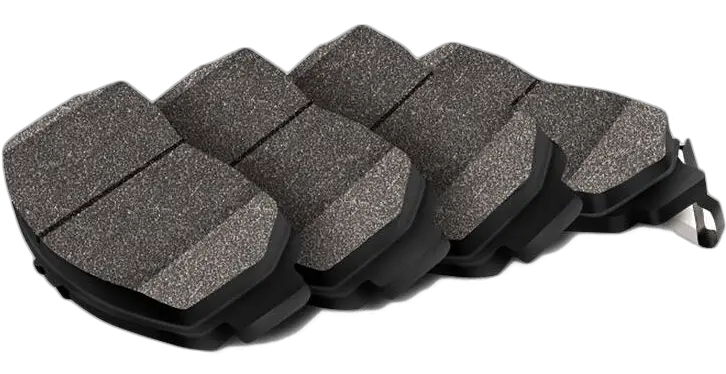
Conclusion
There are 2 brake pads per wheel for all cars that use disc brakes. Not all cars have the same number of brake pads.
If your car uses disc brakes and drum brakes, there will be four brake pads on each of the front wheels.
Regardless of whether your car has four or eight brake pads, you mustn’t let them wear down too much.
To stop the wheel from spinning, it is necessary to apply the necessary pressure on the brake pads.
It’s a good idea to get the brake pads replaced if you hear a grinding sound or have trouble stopping.

Truck driver by profession, automotive lover by heart. Ricky is the main publisher and editor at Truckile.com sharing his life-long knowledge and experience in the auto industry and truck driving!

